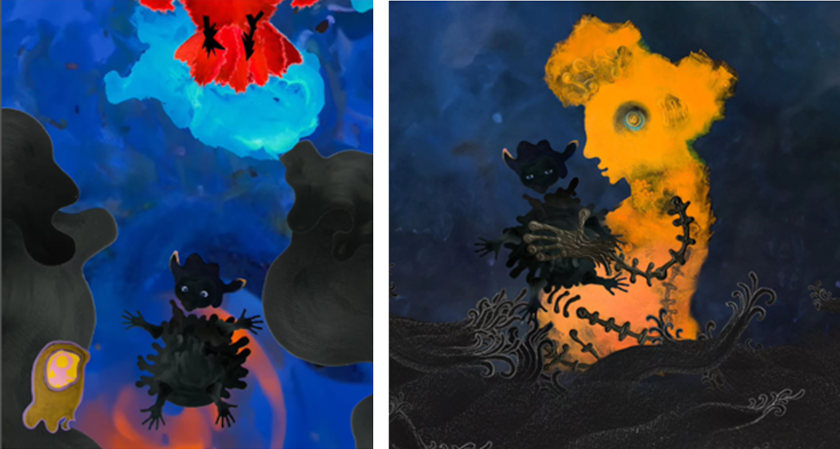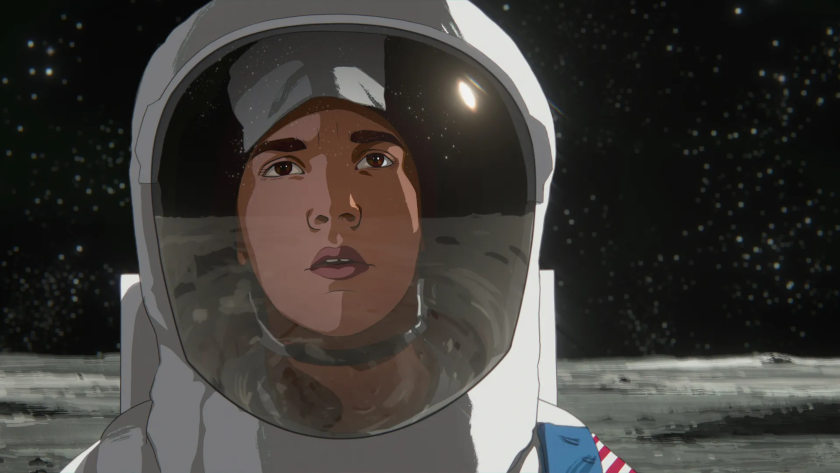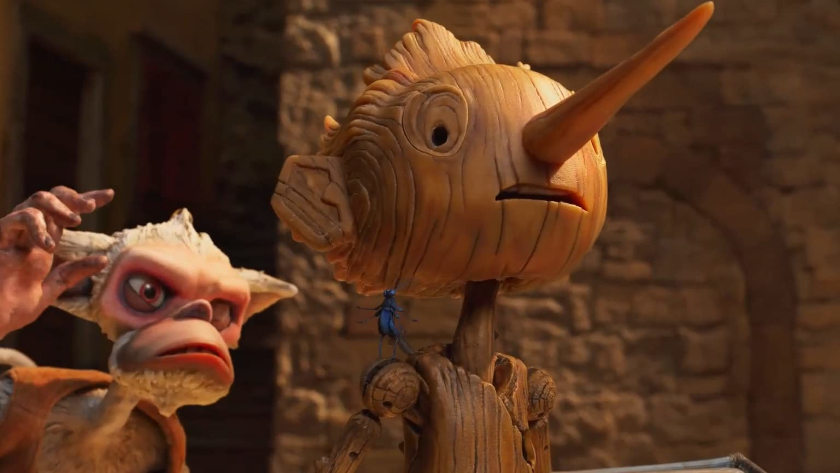Is the Man Who Is Tall Happy Review
Michel Gondry's opening statement in Is the Man Who Is Tall Happy? rests on the elusive nature of the filming process, which makes cuts invisible, and pretends a ready-made reality: inappropriate to describe his free-from-manipulation interview project with the US linguist and political philosopher Noam Chomsky.
He chooses animation, for animation stares artificiality on your face, and leaves reality and truth questions to be desired. But rest assured: his animation documentary does not have any of the surrealistic liberties of Waltz with Bashir or Linklater's philosophical tendencies in Waking Life.
A 82-year-old Chomsky (mostly his voice, not his figure) in a series of interviews between 2010 and 2012 talks a lot about philosophy and modern science -and less about his own groundbreaking theory of transformative grammar, let alone his political views.
But the French director of the Eternal Sunshine of the Spotless Mind is interested less in a separate, possible philosophical world, but how to find continuity and meaning in a scattered world of real and filmic experiences. The more the two men embark on this project of continuity between our separate experience (spoiler: not to be found in the experiential world, but in our mental constructions) the more enjoyable and inventive the film is.
Alternating between walking stick figures and Fleischer's elongated necks, Gondry's own hand drawings constantly try to reinvent an identity, like the tree whose branch is cut off, but it grows to be another, identical tree with its ancestor.
Gondry is not Don Hertzfeldt; his figures do not wonder about the meaning of life, and their repetitiveness may satisfy Chomsky's dictum of infinite structured expressions of language, but seems stifled on screen.
Abstract, fluid drawings ready to transform into something completely different may prevail, but Gondry does his best work when he chooses to illuminate some of Chomsky's (sparse) recollections of his own personal life, his experiences with his late wife and the anti-Semitism he had to endure when at school.
It's people, not trees of language that Chomsky is mostly interested about in this film, and animating people in various colors and shades is what the film does best.
The narrative flow is engaging, and the process of questioning in modern science from Newton to Einstein is exemplary, even though the contrast between the rational science and the inspirational art that Gondry constantly wants to draw does not seem to be justified by Chomsky's talk.
The 2 years of hand-drawn animating process and the charisma of Chomsky's persona (who chooses to silence his political views) make Is the Man Who Is Tal Happy? a carefully constructed expository work of documentary animation.
Animation here still illustrates, in a consciously primitive and funny way, a simple and important, but hidden mechanism of language work and mental construction. It is cautiously rational, not inspirationally daring, but the film still gives back life to the notion that animation in its core is a form of expression that generates mechanical (computer) images, not the other way round.
Vassilis Kroustallis








